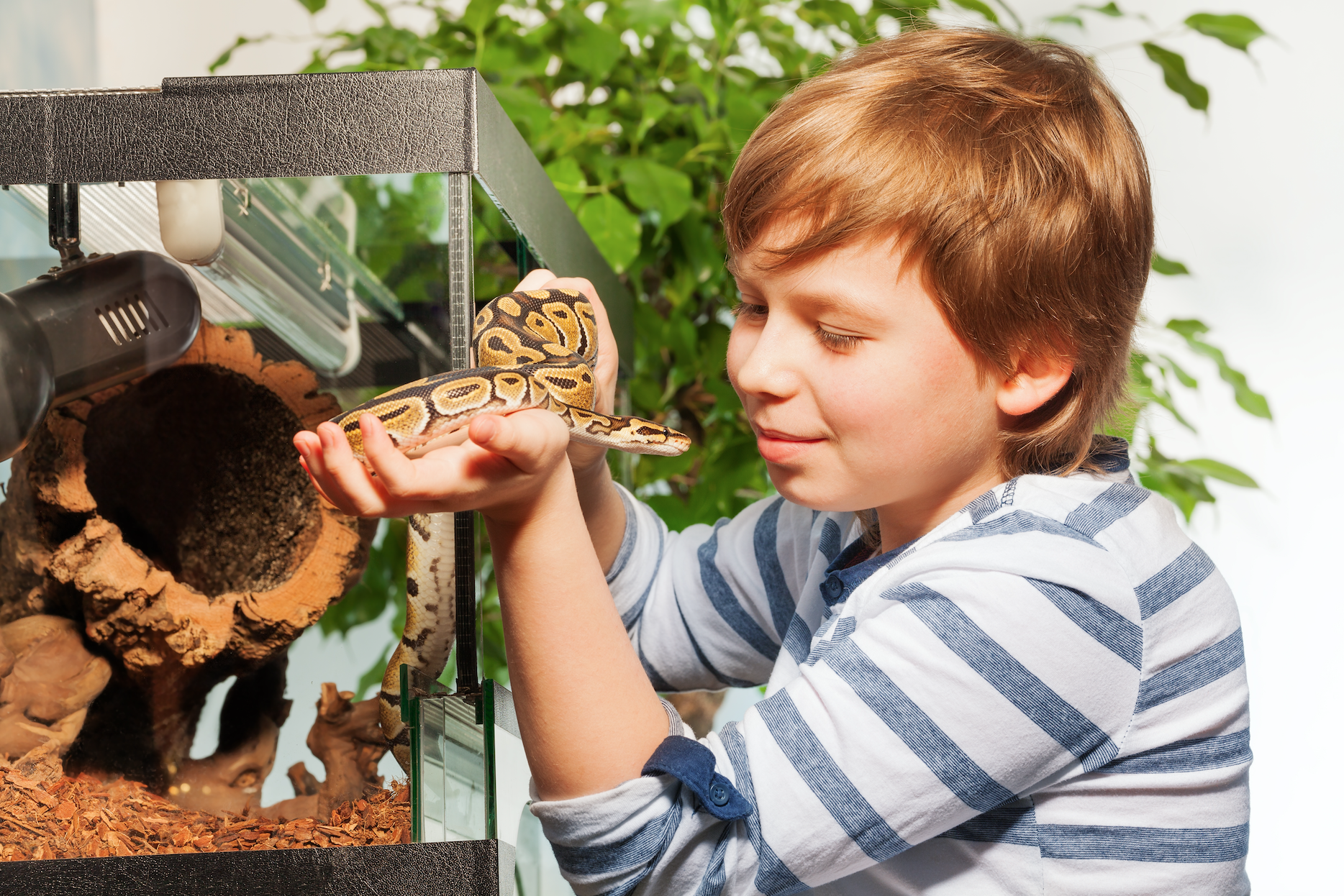The Lost Secret Of Reptiles And Amphibians
 IntroductionReptiles are a diverse group of animals that share frequent traits akin to scales, reproduction by means of eggs, and being ectothermic. One essential side of reptiles is their respiratory mechanism, which has long been a topic of interest for researchers. Whereas most reptiles are known to breathe using lungs, there have been some latest studies suggesting that certain species of reptiles might have the power to breathe using gills as properly.
IntroductionReptiles are a diverse group of animals that share frequent traits akin to scales, reproduction by means of eggs, and being ectothermic. One essential side of reptiles is their respiratory mechanism, which has long been a topic of interest for researchers. Whereas most reptiles are known to breathe using lungs, there have been some latest studies suggesting that certain species of reptiles might have the power to breathe using gills as properly.
Breathing in Reptiles: Lungs vs GillsHistorically, it has been believed that reptiles breathe solely by means of their lungs. This respiratory system entails inhaling air via the nostrils, which then passes into the lungs the place oxygen is extracted and reptile pet ideas carbon dioxide is expelled. This mechanism of breathing is much like that of mammals, birds, and other land-dwelling animals.
Nevertheless, latest research has recommended that some species of reptiles, significantly aquatic reptiles, could have the ability to breathe using gills. For example, certain species of turtles and sea snakes have been found to have gills along with lungs. These gills could enable them to extract oxygen from water, offering them with another supply of oxygen when they’re submerged.
 The presence of gills in reptiles raises intriguing questions concerning the evolution of respiration mechanisms in these animals. It is well-known that reptiles evolved from amphibians, which are known to have gills in their larval levels. Might the presence of gills in some reptiles be a remnant of their amphibian ancestry? Or might it be a case of convergent evolution, the place totally different species independently evolve related traits in response to related environmental pressures?
The presence of gills in reptiles raises intriguing questions concerning the evolution of respiration mechanisms in these animals. It is well-known that reptiles evolved from amphibians, which are known to have gills in their larval levels. Might the presence of gills in some reptiles be a remnant of their amphibian ancestry? Or might it be a case of convergent evolution, the place totally different species independently evolve related traits in response to related environmental pressures?
Implications for Conservation and AnalysisThe invention of gills in certain reptiles has important implications for conservation efforts and additional analysis. Understanding the respiratory mechanisms of reptiles is essential for growing efficient conservation strategies for reptile easy pet endangered species. For example, if sure species of sea turtles rely on gills for respiration underwater, conservationists may must reevaluate their present conservation practices to make sure the protection of these gill-bearing reptiles.
Moreover, the research of gills in reptiles opens up new avenues for research on respiratory adaptations in animals. By evaluating the respiratory techniques of various species of reptiles, researchers can achieve insights into the evolutionary historical past of breathing mechanisms in vertebrates. This research may even have implications for human health, as it could potentially lead to the event of new therapies for reptile pet ideas respiratory conditions based mostly on the research of gill-bearing reptiles.
ConclusionIn conclusion, the research of reptiles and their respiratory mechanisms is an interesting and complicated field of analysis. Whereas most reptiles are known to breathe utilizing lungs, current studies have prompt that some species may have the power to breathe utilizing gills as effectively. The presence of gills in reptiles raises intriguing questions concerning the evolution of respiratory programs in these reptile pet animals and has important implications for conservation and additional research. Further research into this matter is required to completely understand the respiratory adaptations of reptiles and their evolutionary significance.
Leave a comment
5 comments
batmanapollo.ru
batmanapollo.ru
12. Mai 2024 at 18:19
Тут психолог
Тут психолог
18. Mai 2024 at 12:06
Психолог 2024
Психолог 2024
27. Mai 2024 at 16:04
аптека ялта интурист
Здесь вы найдете разнообразный
видео контент аптека ялта интурист
19. Juni 2024 at 0:55
понятие и структура личности в психологии
Simply wish to say your article is as amazing.
The clarity in your post is just nice and i could assume
you’re an expert on this subject. Fine with your permission let me to grab your feed to keep up to date with forthcoming post.
Thanks a million and please keep up the gratifying work.
28. Juni 2024 at 14:15